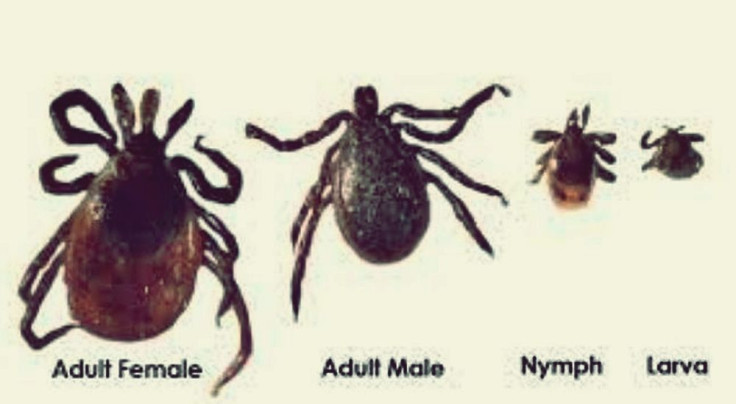Tick Season Facts To Help Prevent Lyme Disease, Other Tick-Borne Diseases From Spreading

When school’s out, it means that Lyme disease is in. Lyme disease is, unfortunately, a disease associated with the summer season in the United States.
The propensity of this bothersome but dangerous infectious disease to take the fun out of summer makes it a real drag.
You should be worried about black-legged ticks, which carry the bacteria Borrelia burgdorferi and Borrelia mayonii that cause Lyme disease. That’s because these ticks are so tiny they’re difficult to spot on bare skin. Some are as minuscule as a pinhead.
And if they stay stuck to your skin for more than a day and if they carry the Lyme disease bacteria, you’re in for a summer you’ll regret.
Given all these factors, the best way to avoid Lyme disease and other tick-borne diseases is to avoid them. In the simplest of terms, prevention is indeed better than cure.
Mayo Clinic suggests a number of tried and tested ways to prevent becoming a Lyme disease victim.
The site said that you’re more likely to get Lyme disease if you live or spend time in grassy and heavily wooded areas where ticks carrying Lyme disease are abound. In the U.S., Lyme disease is more common in the northeast (New York to Maine), the mid-Atlantic states (Virginia to New Jersey, the north central states of Wisconsin and Minnesota) and Northern California. So, if you live in these areas, be especially careful.
Preventing Lyme disease and tick-borne diseases means:
Avoiding areas where black-legged ticks live. Especially avoid wooded, bushy areas with long grass.
Covering-up. When in woody or grassy areas, wear a hat and gloves, shoes, long pants tucked into your socks and a long-sleeved shirt. Try to stick to trails and avoid walking through low bushes and long grass.
Using insect repellent. The Mayo Clinic said it is wise to apply insect repellent with a 20 percent or higher concentration of DEET on your skin. Parents should apply repellant to their children but avoid getting in into their hands, eyes and mouth. Remember that chemical repellents can be toxic, so follow directions carefully. Apply products with permethrin to clothing or buy pretreated clothing.
Checking your clothing, yourself and your children very thoroughly. It pays to be especially vigilant after spending time in woody or grassy areas. Search patiently and very carefully for ticks. Also check your pet for ticks.
Showering as soon as you come indoors. Ticks often remain on your skin for hours before detaching themselves. Scrubbing yourself well and using a washcloth might remove unattached ticks.
And if you do find a tick, remove it ASAP with tweezers. Gently grasp the tick near its head or mouth. Don't crush the tick, but pull it off carefully. Once you've removed the entire tick, dispose of it by drowning it in alcohol or flushing it down the toilet. Don’t forget tp apply antiseptic to the bite area.




























